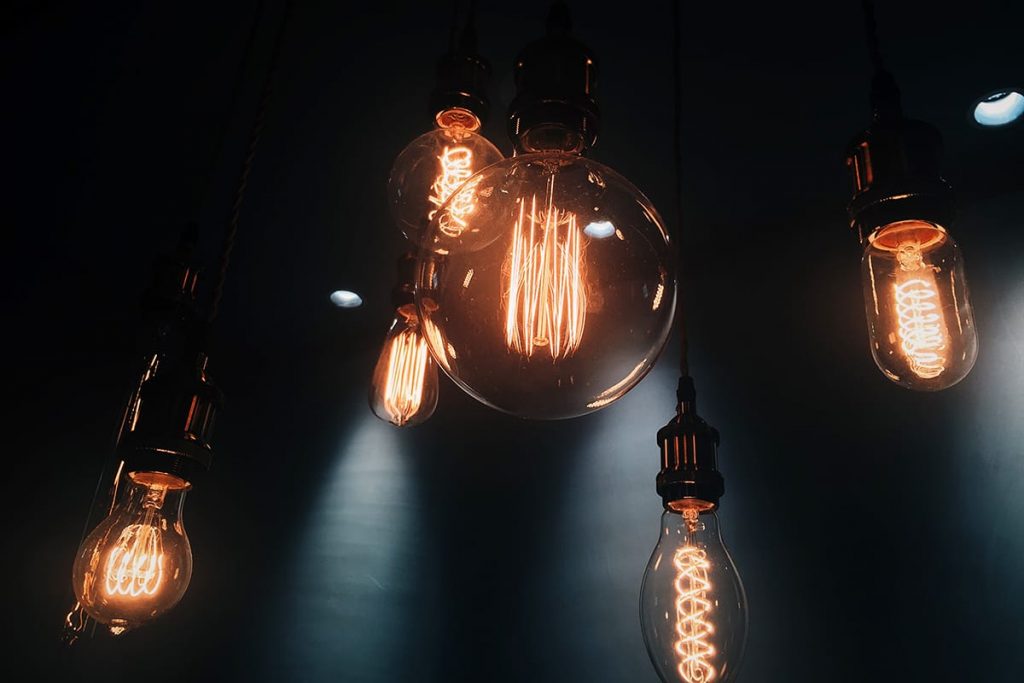Electricity Regulation
The electricity supply industry in Zambia mainly comprises of a vertically integrated state utility, ZESCO, and an energy service company Copperbelt Energy Corporation (CEC) that purchases power from ZESCO and supplies it to the mines. In addition one independent power producer, Lunsemfwa Hydro Power Company, and some small- scale solar based energy service companies supplying power to some rural areas also participate in the industry.
Only 25% of the Zambian population has access to electricity. In the rural areas, the level of access is less than 5%. Given the cardinal role electricity plays in socio-economic development, the ERB is working closely with all industry stakeholders to promote investment in power infrastructure.
Zesco
Limited
ZESCO is the main supplier of electricity to the nation, with a customer base of over 1,000,000. The utility is engaged in the whole power business chain, i.e. generation, transmission, distribution and supply. ZESCO produces most of its power from three main hydro power plants, namely Kariba North bank, Kafue Gorge and Victoria Falls power stations.
Copperbelt Energy Corporation
Copperbelt Energy Corporation is a privately owned company, created after privatisation of ZCCM power division. The company owns transmission and distribution networks in the Copperbelt region of Zambia. CEC purchases 55% of the power generated by ZESCO and supplies it to the mines.
Lunsemfwa Hydro Power Company
Lunsemfwa Hydro Power Company is a privately owned independent power producer (IPP) created after the privatisation of the Zambian Mining conglomerate, ZCCM. Lunsemfwa has an installed capacity of about 40MW and currently sells all its power to ZESCO under a power purchase agreement (PPA).
Electricity Pricing
The ERB currently uses the Revenue Requirement, also known as a Rate of Return, pricing method to regulate tariffs of electricity utilities.
The general principle is that the utility is allowed to cover prudently incurred expenses and earn a reasonable return on its investment. The utility’s costs are therefore reviewed, and those costs deemed to be unnecessary or unreasonable are eliminated or adjusted accordingly.
Having determined an appropriate level of revenue requirement for the utility, the ERB then works out a corresponding rate of increase to the electricity pricing that will enable the utility to generate the approved revenue requirement. This rate of increase is then applied by the utility on its existing tariffs.
The utility is able to apply for a review in the event of significant macroeconomic shocks such as a huge depreciation of the Zambian Kwacha or a huge rise in the level of inflation.
Electricity Statistics
Electricity Licensing
The criterion for awarding licenses is based on the premise that the Energy Regulation Board must license all enterprises conducting business in the energy sector. By virtue of section 10 (1) and (2) of the Energy Regulation Act No. 12 of 2019 (“the Act”) of the Laws of Zambia, it is an offence to establish or operate an enterprise without a license issued under the Act. The types of licenses issued by the Board are:
Electricity
- Generation of Electricity;
- Transmission of Electricity;
- Distribution of Electricity;
- Supply of Electricity;
- Trading of Electricity;
- System Operator of the Power System;
- Generation, Distribution and Supply of Electricity (Off Grid);
- Embedded Generation of Electricity; and
- Generation of Electricity for Own Use;
Renewable & Non-Renewable Energy
- Manufacture, supply, installation and maintenance of renewable energy generating equipment; and
- Production, storage, marketing and transportation of renewable energy
Licensing Procedure
The licensing of activities in the energy sector is regulated by the Act as read with the Energy Regulation (General) Regulations, 2021, Statutory Instrument No. 42 of 2021.
Typically, an application for a license should be commenced by completion of the prescribed application Form, accompanied by other relevant information as applicable to the license being applied. The application form currently attracts a non-refundable amount of K1, 000.20.
Upon submission of the duly lodged Application, most applications require that a physical inspection of the assets or project be undertaken by the ERB. Thereafter, the applicant is required to pay an assessment fee, calculated at 0.1 of the cost of the envisaged investment. If the outcome of the inspection is positive and payment of assessment fee is done, the licensing regulations require that the application be advertised in the Government Gazette for a period of fourteen days, during which period the public is offered an opportunity to comment on or object to the issuance of the license applied for.
If after the prescribed fourteen day period, no adverse reports or objections are received with respect to the license application, the ERB will ordinarily proceed and issue the license.
